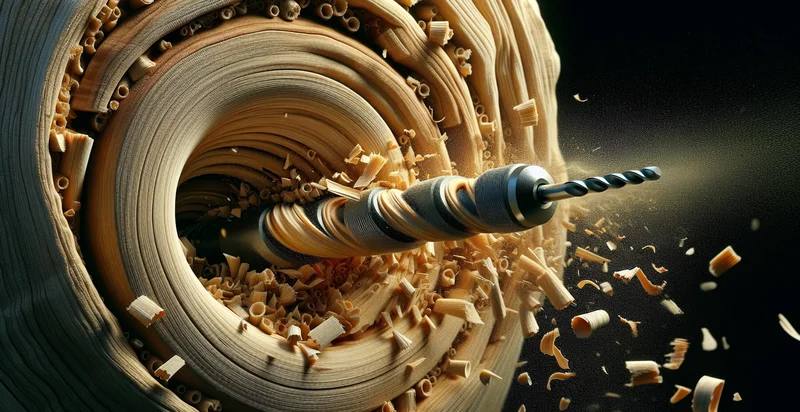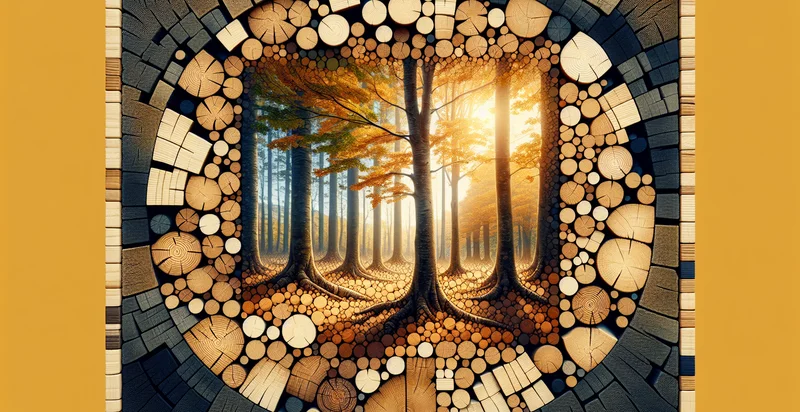Identify wood boring type
using AI
Below is a free classifier to identify wood boring type. Just upload your image, and our AI will predict the type of wood-boring insect present - in just seconds.

Contact us for API access
Or, use Nyckel to build highly-accurate custom classifiers in just minutes. No PhD required.
Get started
import nyckel
credentials = nyckel.Credentials("YOUR_CLIENT_ID", "YOUR_CLIENT_SECRET")
nyckel.invoke("wood-boring-type", "your_image_url", credentials)
fetch('https://www.nyckel.com/v1/functions/wood-boring-type/invoke', {
method: 'POST',
headers: {
'Authorization': 'Bearer ' + 'YOUR_BEARER_TOKEN',
'Content-Type': 'application/json',
},
body: JSON.stringify(
{"data": "your_image_url"}
)
})
.then(response => response.json())
.then(data => console.log(data));
curl -X POST \
-H "Content-Type: application/json" \
-H "Authorization: Bearer YOUR_BEARER_TOKEN" \
-d '{"data": "your_image_url"}' \
https://www.nyckel.com/v1/functions/wood-boring-type/invoke
How this classifier works
To start, upload your image. Our AI tool will then predict the type of wood-boring insect present.
This pretrained image model uses a Nyckel-created dataset and has 20 labels, including Auger, Borehole Drill, Chain Mortiser, Chisel, Core Drill, Dowel Bit, Forstner, Hand Auger, Hole Saw and Impact Drill.
We'll also show a confidence score (the higher the number, the more confident the AI model is around the type of wood-boring insect present).
Whether you're just curious or building wood boring type detection into your application, we hope our classifier proves helpful.
Related Classifiers
Need to identify wood boring type at scale?
Get API or Zapier access to this classifier for free. It's perfect for:
- Wood Product Quality Control: This function can be integrated into manufacturing processes to identify any wood that has been infested by wood-boring insects. By detecting compromised materials early, businesses can reduce waste and ensure that only quality products reach consumers.
- Pest Management Services: Pest control companies can utilize this identifier to assess infestations more effectively in residential and commercial properties. Identifying wood-boring insects quickly can lead to timely interventions and minimize damage to wooden structures.
- Building Inspection Optimization: Home inspectors and building contractors can employ this function to enhance their inspection techniques. By identifying potential wood-damage from boring insects, inspectors can provide more accurate assessments to clients, improving trust and service reliability.
- Insurance Claim Assessment: Insurance companies can use this identifier during claim assessments related to property damage. By accurately identifying the presence of wood-boring insects, they can determine the root cause of damage and facilitate fair settlement processes.
- Sustainable Forestry Management: Forestry management companies can implement this identification function to monitor the health of timber resources. By identifying infested wood early, they can take proactive measures to manage pest populations sustainably, reducing overall damage to forestry assets.
- Furniture Restoration and Preservation: Antique dealers and furniture restorers can utilize this technology to assess the condition of wooden items before restoration. This identification helps in making informed decisions about restoration approaches and ensures that underlying issues are addressed.
- Construction Material Sourcing: Suppliers of construction materials can benefit from using this function to ensure the quality of wood products. By screening for wood-boring insects during sourcing, suppliers can prevent the distribution of compromised materials, protecting their reputation and customer satisfaction.


